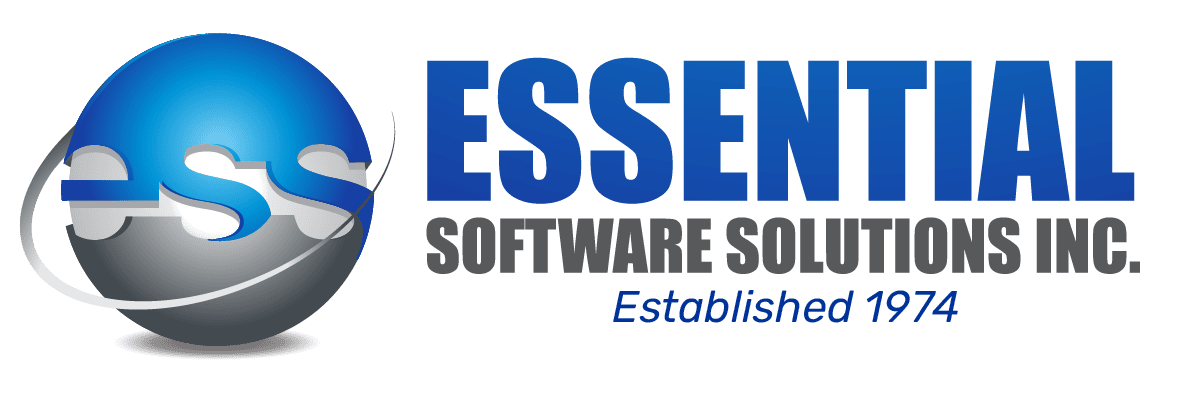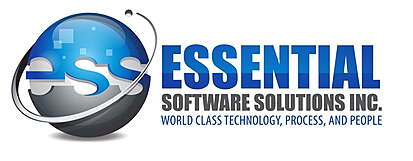A New Playing Field for Machinery & Automation
The primary challenge with manufacturing companies lies in their predominantly B2B manner of operations. Manufacturing units are unlikely to see any positive change in demand unless their end markets see a rise in activity. Statisticians at McKinsey estimated GVA projections across 13 customer industries, and found the only exception set to see profit was – oil and gas. Automotive industries are amongst the hardest hit alongside textiles and clothing as well as semiconductors.
The key to adapting lies in assessing avenues by which demand may see an uptick and devise a plan for rapid recovery. The nine critical actions for manufacturing success listed can assist your enterprise in regaining operational momentum, and help boost supply chains and manufacturing capacity while safeguarding employee interests.
9 Critical Actions to Implement in Manufacturing
Automation, Digitization & Faster GTM Models
Industrial automation strategies are increasing in terms of process integrations. More industries are looking towards technology to offset the burden of heavy manual intervention, and high labor costs. Remote monitoring and servicing can also keep operations running with a lighter workforce. Accelerating GTM models gives companies the ability to respond to new opportunities faster. It also allows companies to respond to customer requirements better and this increases company resilience. Working closely with vendors along the supply chain can create a central digitized platform where everyone involved is up to date on all processes.
Adopting Flexible Operations
Adopting Flexible Operations
Business executives can benefit highly from adopting operational models that allow for flexibility. Whereas a company with sufficient inventory, or even a surplus, can locally source integral parts and components providing a much higher degree of supply chain flexibility. Adjusting internal processes and interfaces can also enable more flexible operations.
Deploying Executional Task Forces
Deploying Executional Task Forces
Multiple challenges are competing for managerial attention. Deploying a team to execute and oversee the implementation of your industrial automation can ease the integration without creating further productional disruptions. Your task force can be responsible for:
- Making sure your company swiftly implements the recovery strategy across all departments.
- Using their production line expertise to develop segment-specific toolboxes.
- Monitoring KPIs.
Implementing Organizational Modifications
Implementing Organizational Modifications
Situations that call for a manufacturing timeout can be great opportunities to review and assess extant processes. These ‘breaks’ give your organization’s management the chance to refine and optimize processes. Executives can collaborate between departments to identify areas which could benefit from the intervention of automation and thereby overcome any manufacturing barriers.
ROI Focused Cost-Effectiveness
ROI Focused Cost-Effectiveness
To retain profits, companies should review their demands and meet targeted expenses accordingly. Once cost targets are established your accountants can engage in a re-planning exercise wherein spending is reviewed, and expenses reduced. Automation has shown a 300% increase in ROI; combining it within your manufacturing’s administrative processes can be the buffer your enterprise needs.
Re-prioritizing Business Undertakings
Re-prioritizing Business Undertakings
Businesses must adjust their planning and priorities. If top-line targets increase, you must evaluate whether your supply chains and production facilities will meet targeted volumes. These are important elements to consider alongside R&D developments plus marketing campaigns, human resource initiatives and so on. Weighing your businesses capabilities against its needs can help machinery and automation industries get back on track quickly with manageable strategies.
Establishing Prompt Supply-Chain
Establishing Prompt Supply-Chain
Machinery and automation businesses have complex supply chains and as such have limited transparency into operations. Replenishing parts in a timely manner becomes challenging when operators cannot evaluate production systems. Industrial automation provides increased insight into assembly line components that require replacements and better predict lead times for component replacement. This will keep your manufacturing unit functioning seamlessly.
Leveraging Sales Activity
Leveraging Sales Activity
Once businesses have identified where their consumers intend on increasing production, they can identify means to leverage improved performance, such as alternative financial options. Companies can boost sales by collaborating with other partners in their ecosystem while industrial automation leverages such opportunities for your enterprise.
Empathizing with Customers
Empathizing with Customers
Accurate interpretation of Customer’s expectations can help you offer additional services powered by industrial automation – this can be an appealing bonus for your prospects. Providing such custom-made offerings to your customers is often a critical factor for success and differentiation.
Essential Software Solutions Inc. can help you implement these nine critical factors for successful manufacturing recovery with ease. Make sure your industry recovers rapidly with enhanced production and manufacturing processes. Essential Software Solutions Inc. has been assisting manufacturing and automation industries across Canada get up and running with technology enabled capabilities and best practice guidance. Reach out to our team at ESS to find out more.











